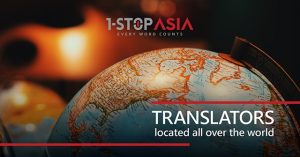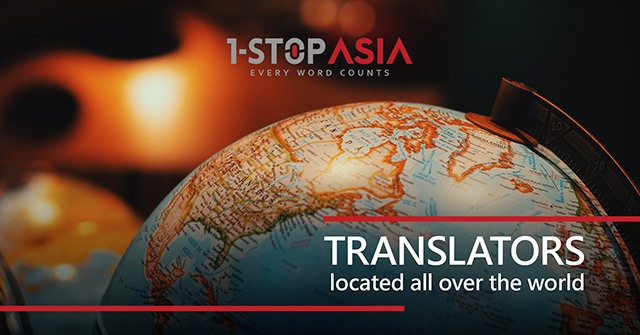It has been a while since all eyes of business are following two major players on the Global Market. Surely, we are not the one to judge how all players in such game are acting. But there is one thing that we can revise when it comes to the conflict between China and the USA and that is the impact on our work. Moreover – how it affects the Translation Industry as well as the localization services.
Our main goal is to revise if and how the tension between these two countries impacts the translation industry.
Does it impact the L10N industry?
The simple answer to the question above is: YES.
For someone outside of the industry, it is hard to imagine what would be the effect of the China – USA conflict on the translation of texts in various languages. Basically one would think that it might be related to the amount of documentation, the lack of negotiations and country visits. But the whole picture is much more complicated than the obvious.
The translation industry is a complicated mechanism due to its parameters. It comes with issues like operating with sensitive information, embracing new technologies, translator’s resources location, requirements for experience along with cultural knowledge and understanding.
Issue No 1: Location of translators
In our industry one of the most precious assets of each company is the resources it has available and mainly where they are located because being a native is the most important requirement for a translator. For Asian languages like Japanese, the language changes in time, so being away from Japan for a year, means there might be subtle shifts or trends in the language that a translator might not be aware of.
Now apply such complicated conflict to having native Chinese translators, can you spot the problem?
We see major digital companies and huge media producers from around the world start requesting for Chinese translators that are not located in China. This is probably going to become a trend.
Issue No 2: Digital complications for a digitized business
 Over a year ago, I haven’t even imagined how much technology lies in a single translation of a product or a website. Currently, I am aware that digital technologies and innovations are one of the driving forces in the industry. The process goes the other way too, industry requirements push technology further and challenge it to reach new heights every single day.
Over a year ago, I haven’t even imagined how much technology lies in a single translation of a product or a website. Currently, I am aware that digital technologies and innovations are one of the driving forces in the industry. The process goes the other way too, industry requirements push technology further and challenge it to reach new heights every single day.
All of the above is a confirmation to the statement that if your translators are located in China, it is known. The same goes for the resources outside of it. With even more requirements in the USA towards not sharing information with China, there is something that comes up as a request quite often now. First, it was fixed IPs that were added to some sort of a white-list for companies to have and currently the requirement is the IPs from China are not allowed at all.
Moreover, even VPNs are not allowed for your Chinese translators to use resulting in a lot of complications for companies offering native translators to their clients. Along with that, it adds new rules to the already complicated management of such a big international and time-sensitive organization of a translation company.
Issue No 3: Project Management
We, translation companies, spend loads of time planning, optimizing and perfecting our processes for project management. We all know how difficult it is to create and manage a good, time-efficient and optimized process that answers all our client’s expectations.
So when your Project Management is affected by a requirement of the kind “PMs from China are not allowed”, this causes serious complications for you and your clients/partners.
A Single Simple Solution: Chinese translators from outside of China
At 1-StopAsia, we haven’t predicted this crisis between China and the US but luckily we have the solution. Due to our desire to be flexible for our partners and to be effective with regard to resources and time-management, we designed our structure as being local and global at the same time.
Thanks to that, we are able to match clients’ requirements for native Chinese translators located outside of China. We are located on 3 continents and have been grooming a network of in-house and freelance translators for a while now. Our well-experienced Production departments are located in both the USA and Europe, so we don’t even have to redesign our Project Management system to fit our clients’ arising needs and requirements.
In conclusion, I would say that crisis and conflicts are eventually solved. Meanwhile, we focus on finding the best, single solutions for our clients and partners for the CURRENT situations. Whether this is Chinese translators outside of China or PMs in another time-zone or location, we are here to fit the new frame or new required business model.
